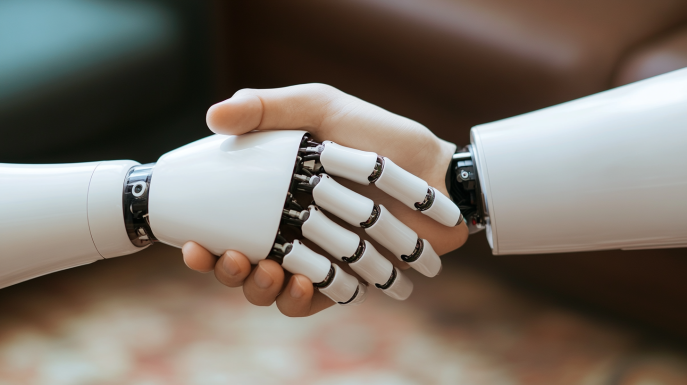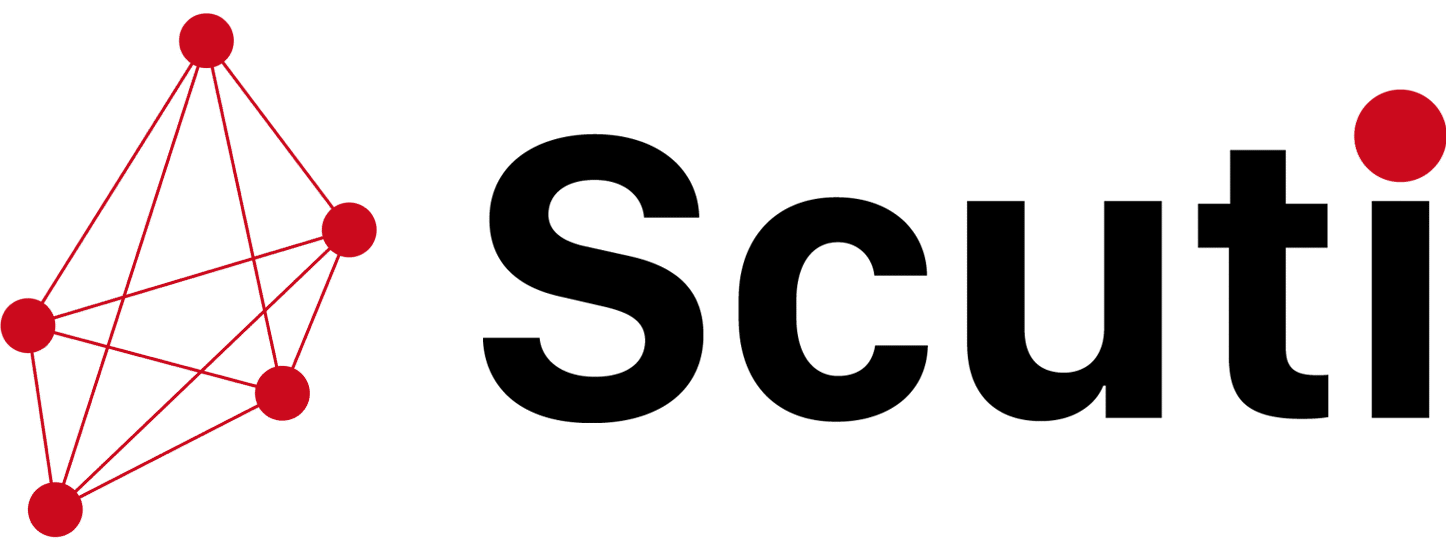

Hello, I am Kakeya, the representative of Scuti.
Our company provides services such as offshore development in Vietnam, lab-type development, and generative AI consulting, with a focus on generative AI. Recently, we have been fortunate to receive many requests for system development integrated with generative AI.
“How should AI be utilized in human resource management?” This is a question that many HR managers are asking.
With the worsening issues of labor shortages and skill mismatches, AI offers new solutions in various areas such as recruitment, skill development, and performance evaluation. AI is not merely a tool for automating tasks but also supports decision-making based on data, enabling more efficient and fair processes.
Additionally, AI contributes to improving employee engagement through chatbot-based support and personalized learning programs. However, to effectively implement AI, it is essential to not only understand the technology but also manage risks related to bias and privacy.
In this article, we will explain specific examples and benefits of using AI in human resource management, as well as the challenges and solutions involved in its implementation.
The Impact of AI on Human Resource Management

The Benefits of AI Utilization
By automating tasks that were previously done manually, AI can streamline operations. For example, AI can automate tasks such as screening application documents and scheduling interviews. This allows HR personnel to focus on more important tasks, leading to increased productivity.
Moreover, AI can assist in formulating optimal personnel assignments and development plans based on the analysis of large amounts of data. By utilizing AI, companies can maximize the potential of their employees and drive business growth.
Furthermore, AI chatbots can respond to employee inquiries, reducing the burden on HR departments. Employees can access necessary information at any time, leading to improved satisfaction.
AI not only streamlines traditional HR management tasks and creates an environment where personnel can focus on more strategic activities, but it is also a highly convenient system for employees.
Specific Benefits Expected from AI Implementation
The first benefit is the reduction of time and cost in the recruitment process. By utilizing AI for screening application documents and conducting aptitude tests, candidates can be narrowed down more efficiently. Traditionally, HR personnel had to review a vast number of application documents and select candidates, but AI significantly streamlines this task. As a result, not only can time and costs associated with recruitment activities be reduced, but the likelihood of securing more qualified talent also increases. This can be seen as a significant advantage for companies.
The second benefit is the improvement of employee engagement. Communication tools equipped with AI can respond to employee inquiries promptly and accurately, as well as provide tailored information to meet individual needs. Employees can easily obtain the necessary information whenever they need it, which increases their engagement with the company. By utilizing AI, companies can enhance employee satisfaction and expect to see a reduction in turnover rates.
Evolving Human Resource Management Operations with AI

Transforming Recruitment with AI
AI streamlines the entire recruitment process, from job posting to screening application documents and even scheduling interviews. For example, AI-equipped recruitment management systems automatically match job seekers with the most suitable job postings based on their skills and experience and introduce them to the company.
This allows companies to efficiently find candidates who are highly likely to match the personnel they are seeking. Additionally, AI-powered interview analysis can assess the content of a candidate’s responses, their facial expressions, and the tone of their voice, supporting objective evaluations.
By conducting evaluations that are not reliant on the subjective judgment of interviewers, more equitable recruitment selections can be realized. Utilizing AI in recruitment activities contributes to enhancing a company’s competitiveness by improving both efficiency and fairness.
Improving the Accuracy of Performance Evaluations
AI collects and analyzes data on employee performance, supporting objective evaluations. Traditional evaluation systems can sometimes be biased by the subjective judgment of managers, but by using AI, a more fair and credible evaluation system can be built.
For example, AI can analyze and quantify an employee’s work achievements and contributions to projects, enabling objective evaluations. Additionally, AI can propose improvement measures to enhance employee performance. By analyzing employees’ strengths and weaknesses, AI can suggest individualized training programs or career paths to promote employee growth.
Utilizing AI in performance evaluations holds the potential to significantly contribute to improving employee motivation, skill development, and ultimately the growth of the company.
Personalized Employee Development
AI analyzes an employee’s skills, experience, and learning history to provide individualized training programs. Unlike conventional uniform training, AI delivers training tailored to individual needs, leading to improved learning outcomes.
For example, if an employee wants to enhance their sales skills, AI analyzes the employee’s learning history, experience, and data related to sales performance to propose the most suitable training program. This allows the employee to efficiently acquire the necessary skills, contributing to improved productivity for the entire company.
AI-powered employee development is an extremely effective tool for maximizing employee capabilities and enhancing a company’s competitiveness.
Improving Employee Engagement and Retention
AI-powered chatbots can respond to employee inquiries 24/7, providing quick solutions to issues. Employees can ask questions at any time, regardless of location, which helps reduce stress and improve work efficiency.
Additionally, AI can analyze employee engagement and turnover risk and propose improvement measures to the HR department. For example, by analyzing the factors contributing to declining employee engagement, AI can suggest strategies to improve the work environment and promote communication, leading to lower turnover rates.
By utilizing AI, companies can enhance employee engagement and retention, helping to maintain and improve their competitiveness.
Streamlining HR Department Operations
AI automates daily tasks within the HR department, creating an environment where personnel can focus on more strategic activities. Examples include the automation of tasks such as payroll calculations, attendance management, and social insurance procedures.
These tasks, while requiring accuracy, often become routine and place a significant burden on HR personnel. By delegating these tasks to AI, HR personnel can focus on more creative and strategic work, contributing to the growth of the company.
AI plays an essential role in promoting the efficiency of HR operations and improving overall productivity within the company.
Challenges and Solutions in AI Implementation

Costs of AI System Implementation and Building an Operational Framework
Implementing AI systems may require costs, time, and specialized knowledge. Therefore, before implementation, it is essential to clarify the company’s challenges and needs and select the appropriate system.
Additionally, even after implementation, it is necessary to build an operational framework to maximize the effectiveness of the AI system. Operating an AI system may require specialized knowledge and skills, and it may also be necessary to train personnel or collaborate with external partners.
While there are several challenges, such as costs and operational frameworks, that need to be considered before AI system implementation, with proper preparation and planning, these challenges can be overcome.
Ethical Use of AI and Privacy Protection
The use of AI requires careful consideration of ethical aspects and privacy protection. For example, in AI-driven recruitment processes, it is necessary to eliminate biases to ensure that candidates with specific attributes are not disadvantaged.
If there is bias in the data used to train AI, it may result in discriminatory evaluations against candidates with certain attributes. Therefore, in AI development and operation, it is essential to ensure fairness and transparency and to implement measures to eliminate bias.
Additionally, when handling personal information about employees, appropriate security measures must be taken to protect privacy. Ethical use of AI and privacy protection are critical issues that cannot be overlooked when utilizing AI.
Improving Employee AI Literacy
To effectively utilize AI, employees need to acquire basic knowledge about AI and be able to use AI tools proficiently. Companies must work to improve employees’ AI literacy by providing AI-related training and educational programs. AI literacy refers to the ability to understand AI’s mechanisms, potential, and limitations and to use AI appropriately.
By improving employee AI literacy, resistance to AI can be reduced, and employees’ willingness to use it actively can be increased. Enhancing AI literacy among employees is a key factor in successfully implementing AI.
AI as a Partner in Human Resource Management

AI is a powerful tool that can solve various challenges in human resource management, but it is still just a “tool.”
To fully leverage AI, it is important for the HR department to take the lead in implementing and managing AI and to establish a system where humans and AI work collaboratively. While AI can process vast amounts of data quickly and perform objective analysis and predictions, it cannot understand human emotions, ethics, or creativity.
In human resource management, it is crucial to understand the individuality and abilities of each employee and to respond flexibly to different situations. There are many challenges that AI alone cannot solve. By viewing AI as a “tool” and allowing humans and AI to work together, each utilizing their strengths, better human resource management can be achieved.
